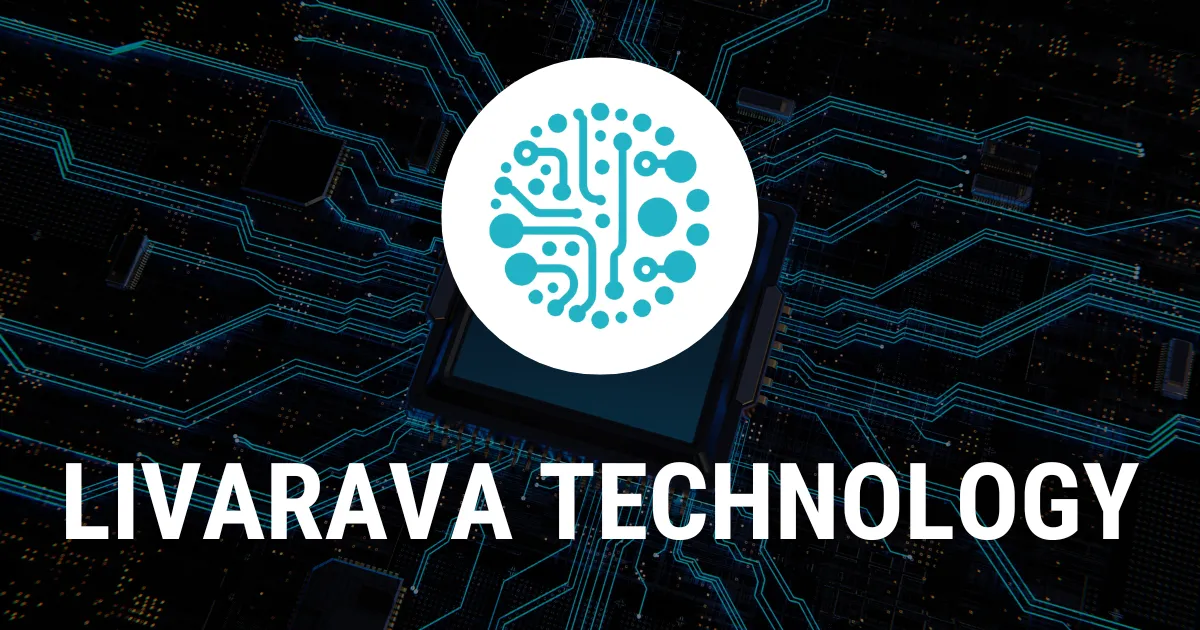Exploring the NIS2 Directive's Impact on Cybersecurity in the EU

Understanding the NIS2 Directive
The NIS2 directive represents a pivotal shift in the approach to cybersecurity across the European Union. Focused on establishing a common framework, this directive aims to ensure that all member states maintain a baseline of cybersecurity readiness. The implications of this legal measure could significantly bolster collective defenses against increasingly sophisticated cyberattacks.
Key Components of the NIS2 Directive
- Stronger security requirements for essential and important entities.
- Mandatory incident reporting within a tight timeframe.
- Increased cooperation between member states for enhanced cybersecurity measures.
Implications for Businesses
Businesses will need to adapt swiftly to comply with these new legal requirements, and those that fail to meet standards could face significant consequences. This change emphasizes the necessity of investing in robust cyber defense mechanisms to safeguard organizational infrastructure.
Conclusion: The Future of Cybersecurity
As the NIS2 directive unfolds, its impact on cybersecurity policies and practices will become clearer. Is the NIS2 directive a step in the right direction? Many believe it is a crucial move toward securing Europe’s digital assets against a tide of cyber threats.
This article was prepared using information from open sources in accordance with the principles of Ethical Policy. The editorial team is not responsible for absolute accuracy, as it relies on data from the sources referenced.